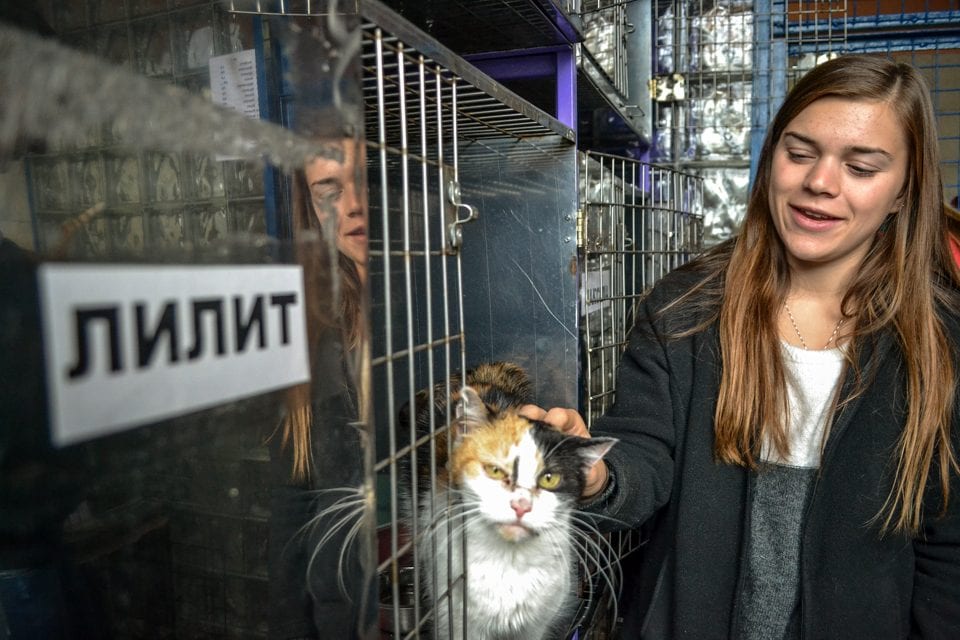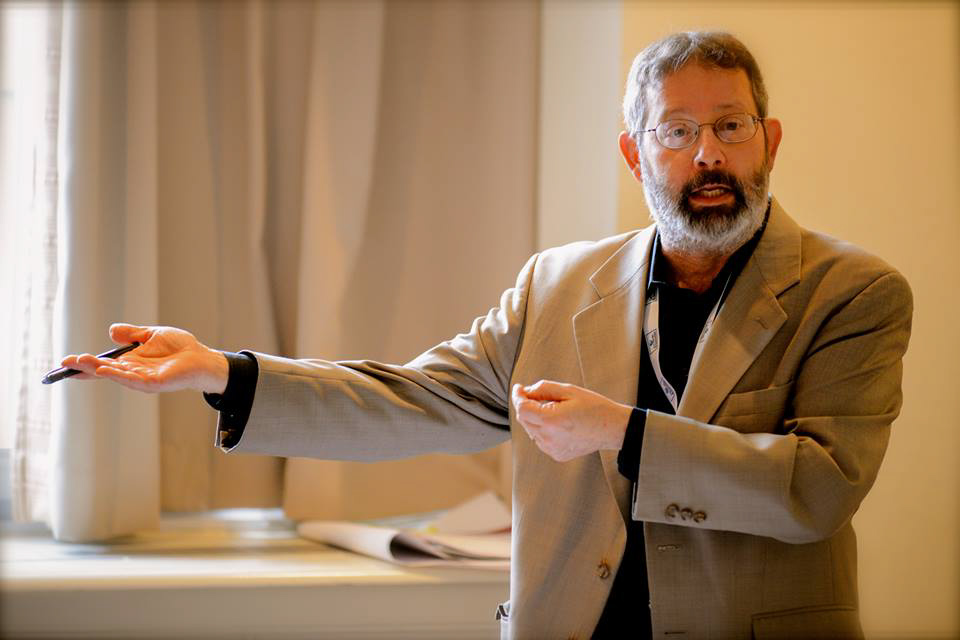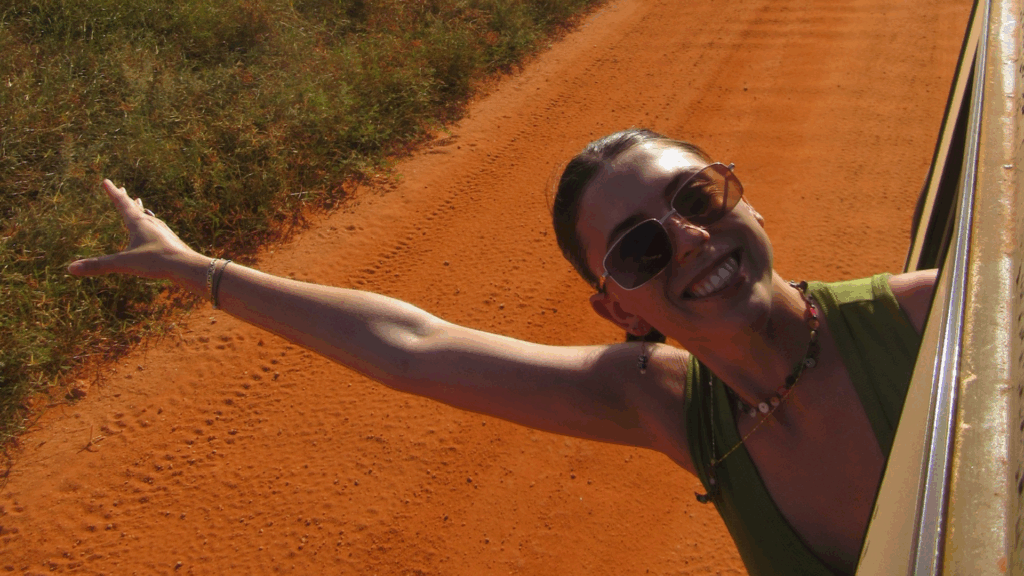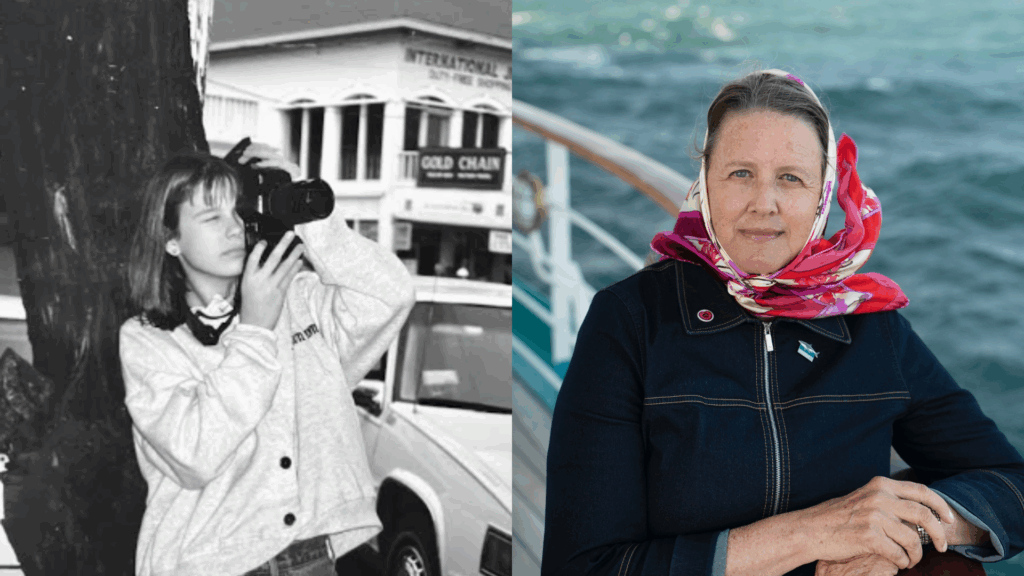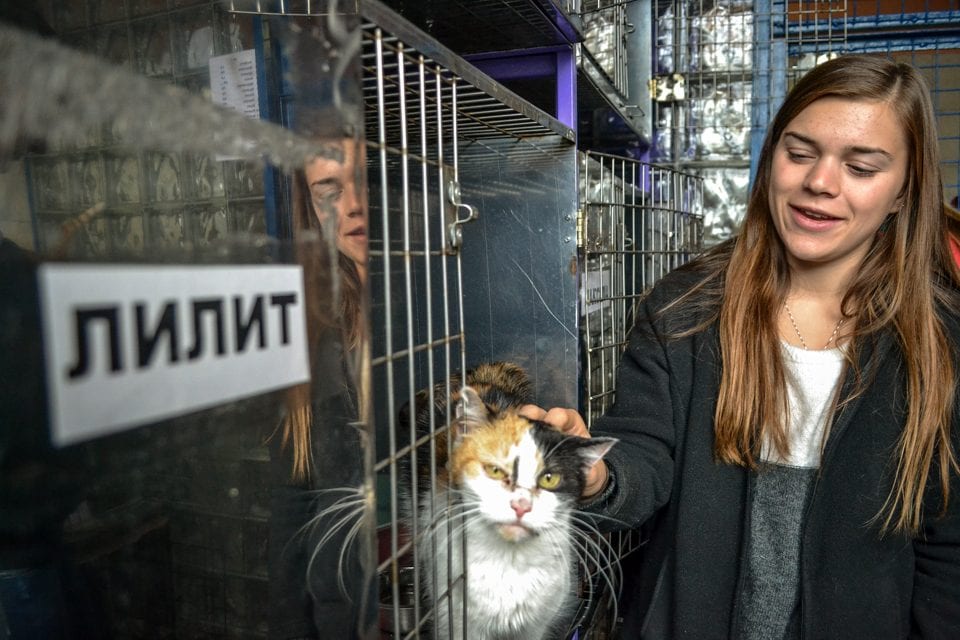
Exiting the bus, barks were heard all the way from the street. It was evident as students set foot on the curb this animal shelter was unlike many they had seen in the United States. Massive in size and currently at its maximum capacity, the shelter was home to 540 dogs, 60 cats, and an array of smaller animals.
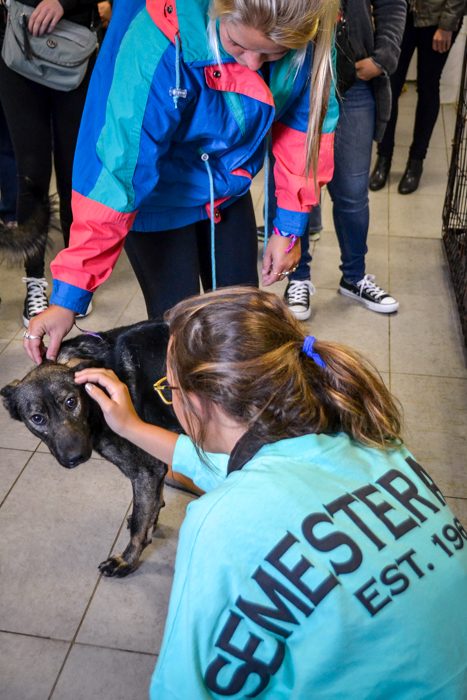
Just as interesting as the shelter itself was its president, Tatiana Sheina, who oversaw all shelters in the Saint Petersburg area and guided students through her facility. Passionate about her animals and the care they receive, she considers herself a connoisseur of shelters. Much like the students on the voyage, she has studied her interests across multiple countries and has networked and learned from other shelters’ best practices. Sheina noted that her favorite shelter she visited to date was in Germany where the facility accommodated significantly less animals but gave more individualized attention. Jordan Smith, from Baldwin-Wallace College, took an interest in Sheina’s travels and research. “(I’d like to) study the interaction of shelters around the world,” said Smith. With 12 countries still ahead there were many opportunities for students to initiate their own cross-cultural comparisons.
After sharing her international learnings, Sheina pivoted the conversation and asked students to describe animal shelters in the United States. As many noted the small size of such establishments close to their homes, she was envious of their descriptions. As translated for her, she stated, “That is my dream. I wish this was possible but the need here is too great.” With the frigid winters in St. Petersburg and subsequent overpopulation of dogs, she opened her doors to accommodate as many animals as possible. Creatively arranging crates and groups of like animals, she reached maximum occupancy and even had a dog or two to greet you right at the reception desk. While the facility students toured was the largest in St. Petersburg, areas such as Moscow had even larger issues and had shelters that held over 5,000 animals.
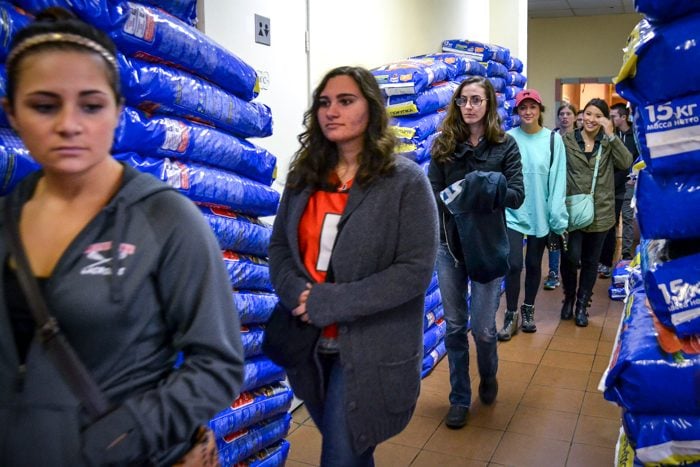
As a part of the Semester at Sea field program impact series, this experience helped students interact directly with Russian citizens. They learned about animal issues that affected daily life and were able to dig deeper with questions along the way. “I wanted to see a different non-touristy part (of the city) and do something different than you normally do in St. Petersburg,” said Dana Flickinger of DePaul University.
